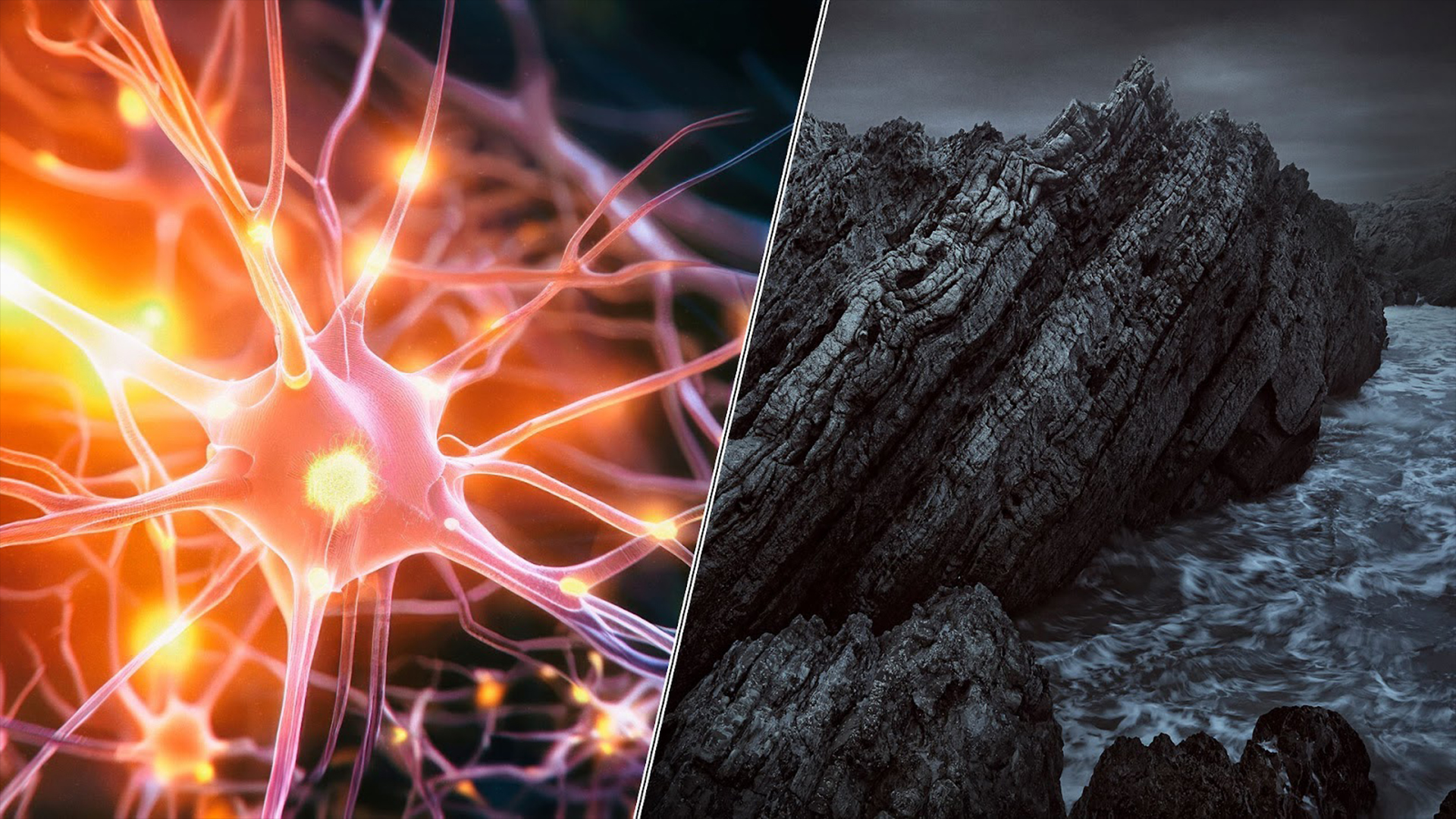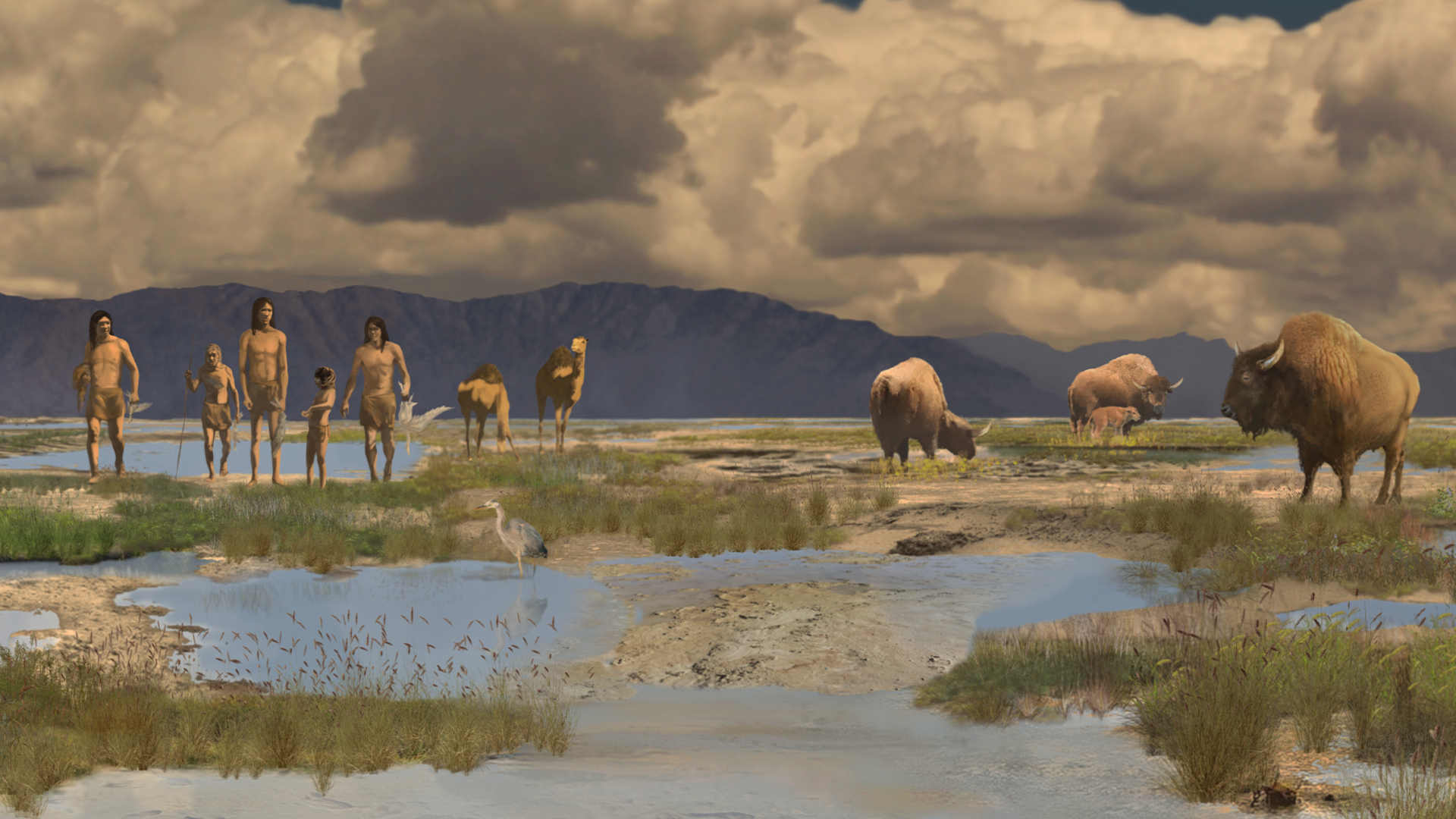Science news this week: False memories and swallowed seas
Oct. 15, 2023: Our weekly roundup of the latest science in the news, as well as a few fascinating articles to keep you entertained over the weekend.

This week in science news we discovered a massive water reservoir hidden beneath the ocean floor, spotted the brain's 'tell' for false memories, and raised a margarita to the late Jimmy Buffett — in the shape of a tiny sea snail.
The geological history of Earth is an ever-evolving story, with the tectonic plates that form the planet's crust slowly shifting with the passage of time. One place where the story has changed this week is the South Pacific, where the hidden continent of Zealandia was fully mapped, scientists found the ghost of ancient mega-plate that disappeared 20 million years ago, and we discovered a sea's worth of water locked beneath the Pacific seafloor. The region was also home to one of the most violent eruptions in the last 5,000 years, which flung volcanic glass as far as Antarctica.
And while we're not going back as far as geological epochs, a remnant from human history has been linked to increased pain sensitivity — neanderthal DNA. Scientists studying genetic samples from more than 7,000 people found that neanderthal gene variants may boost the pain sensitivity of people who carry them and may be most common in populations with prevalent Native American ancestry.
If you've ever found yourself thinking that something definitely happened, but then doubting yourself, it could be because you're having a false memory. It's not an uncommon event, but how do you know it's happening? Well according to the new study, your brain might be able to tell the difference between a real memory and a false one.
We all know how the birds and the bees work, but what about the frogs and the crocs? No, this isn't some bizarre mating game, just a couple of stories that landed this week about the female frogs that play dead to avoid male advances, and the massive crocodile orgy that was sparked by the low rumblings of a low-flying helicopter.
Aside from the spectacle that was the "ring of fire" eclipse (and please share your pictures with us if you got some good ones), there was plenty from space to keep us busy, with NASA's reveal of the Bennu asteroid sample return, the violent afterglow of two massive planets that collided in a distant star system, and an ancient solar storm.
And finally, although Jimmy Buffett, the legend of tropical rock, died last month, his name lives on in the shape of a tiny, bright yellow sea snail.
Get the world’s most fascinating discoveries delivered straight to your inbox.
Picture of the week
A stunning image of a golden horseshoe crab shuffling along the seabed with three striped fish overhead has won this year's Wildlife Photographer of the Year competition.
Laurent Ballesta, a French underwater photographer and marine biologist, captured the striking scene in the protected waters of Pangatalan Island in the Philippines, a refuge for endangered tri-spine horseshoe crabs (Tachypleus tridentatus).
"To see a horseshoe crab so vibrantly alive in its natural habitat, in such a hauntingly beautiful way, was astonishing," Kathy Moran, chair of the jury for the competition, said in the statement. "We are looking at an ancient species, highly endangered, and also critical to human health. This photo is luminescent."
The rest of the competition's winning images will be on display in the "Wildlife Photographer of the Year" exhibition at the Natural History Museum in London until June 30, 2024.
Weekend reading
- We know it’s gross, but is there a reason why dogs eat poop?
- Staying with pets, why cats purr is a surprisingly long-standing mystery. Now we're one step closer to solving it.
- How many tectonic plates do you think Earth has? Probably more than you realized.
- This is one tasty looking interstellar EGG.
- Haven’t you ever wondered, is hydrogen a metal?
- The center of Earth lies around 4,000 miles under our feet — but what lies beneath the outer crust and the inner core?
- Diamonds are forever, right? But what is even harder than them?
Live Science long read
During the last ice age, humans ventured into two vast and completely unknown continents: North and South America. For nearly a century, researchers thought they knew how this wild journey occurred: The first people to cross the Bering Land Bridge, a massive swath of land that connected Asia with North America when sea levels were lower, were the Clovis, who made the journey shortly before 13,000 years ago.
But our understanding of this complex history is still evolving, and we're sure now that the Clovis people weren't the continents' first. So who did arrive in the Americas before anyone else, where did they come from, and what discoveries are changing what we know about humans on this great landmass?
Read more: 13 of the oldest archaeological sites in the Americas

Alexander McNamara is the Editor-in-Chief at Live Science, and has more than 15 years’ experience in publishing at digital titles. In 2024 he was shortlisted for Editor of the Year at the Association of British Science Writers awards for his work at Live Science. He has previously worked at New Scientist and BBC Science Focus.
 Live Science Plus
Live Science Plus







